 |
 |
 |
 |
 |
|
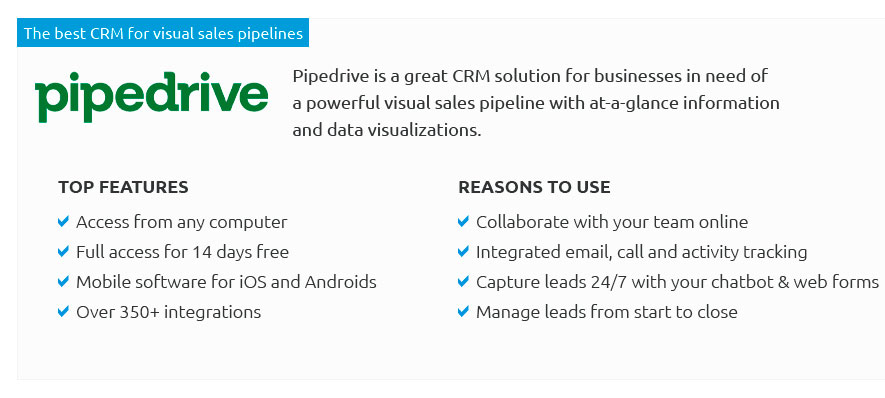 |
|
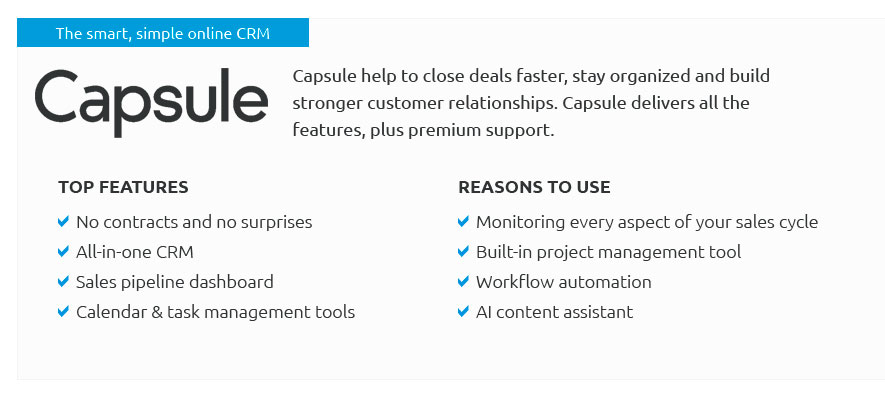 |
|
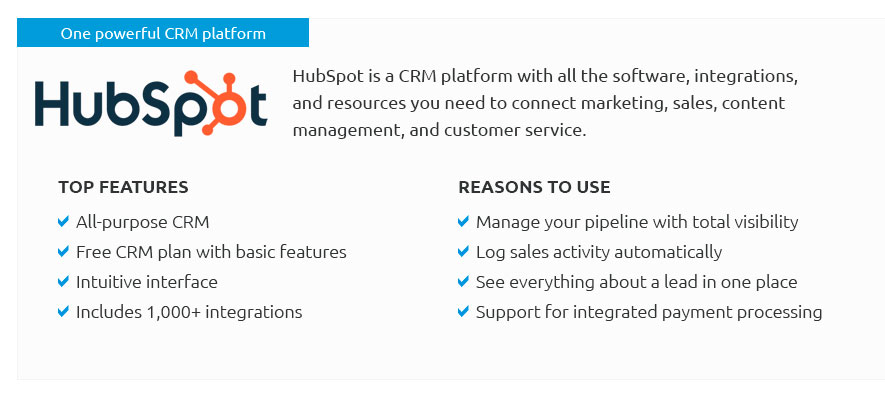 |
|
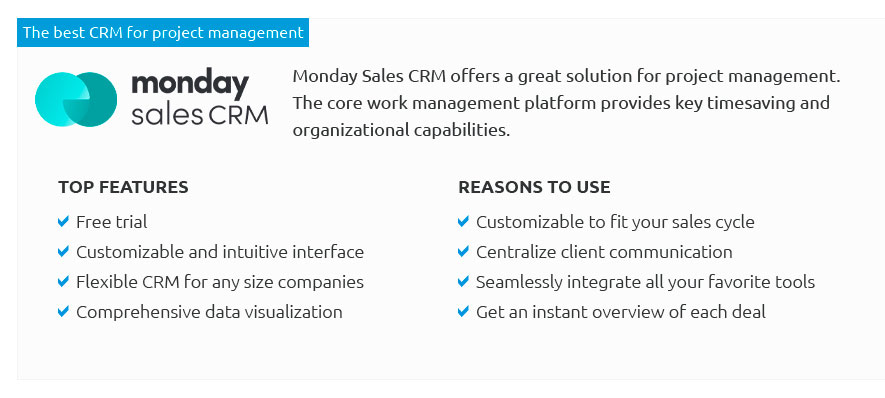 |
|
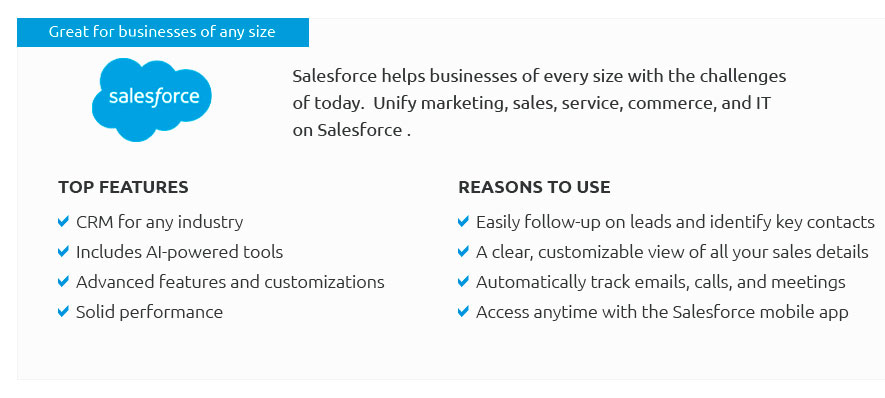 |
|
 |
 |
Understanding the Intricacies of Requirement Management ToolsIn the modern landscape of software development, the requirement management tool stands as an indispensable ally, helping teams maintain clarity and focus. These tools, at their core, are designed to ensure that all project requirements are documented, analyzed, traced, and prioritized, which in turn leads to higher quality outcomes and more satisfied stakeholders. However, what makes a requirement management tool truly exceptional is not merely its ability to catalog requirements but its adeptness at fostering collaboration and adaptability amidst the ever-shifting sands of project demands. It's worth noting that in today's fast-paced environments, requirements are seldom static; they evolve as new insights emerge and as client needs transform. This dynamic nature of requirements necessitates a tool that is not only robust but also remarkably flexible. Requirement management tools come equipped with a plethora of features that serve to enhance the software development lifecycle. At the forefront is the capacity for traceability, which allows teams to link requirements throughout all stages of development, ensuring that no crucial element is overlooked. This feature is particularly vital in maintaining compliance with industry standards, which often demand meticulous documentation and evidence of due diligence. Additionally, these tools often boast integrated communication platforms, facilitating seamless exchanges between team members and stakeholders. This is where the magic happens, as developers, testers, and business analysts can converge to share insights, resolve ambiguities, and align their objectives.
While the advantages of requirement management tools are manifold, it's crucial to acknowledge the challenges that teams might encounter. A common concern is the initial setup and learning curve associated with adopting a new tool. It requires time and resources to train personnel and to integrate the tool with existing systems. Nevertheless, this investment often yields significant dividends in terms of improved efficiency and reduced errors. Furthermore, some skeptics argue that these tools can be overly complex, inundated with features that may not be necessary for every project. This is where careful selection and configuration come into play, ensuring that the tool's capabilities align with the project's specific needs and scale. In conclusion, a requirement management tool is more than just a repository for project specifications. It is a catalyst for coordination and a bulwark against the chaos of unclear or shifting requirements. By streamlining processes, enhancing communication, and providing a clear path from inception to delivery, these tools empower teams to deliver projects that not only meet expectations but often exceed them. Ultimately, the right tool can transform a daunting task into a streamlined operation, paving the way for innovation and success in the competitive world of software development. https://thedigitalprojectmanager.com/tools/requirements-management-tools/
Complex Requirements Tools. In more complex requirement management planning, your tool might be an entire software system for managing the relationships ... https://www.reddit.com/r/embedded/comments/l02py5/what_is_everyones_favorite_requirement_management/
I've been tasked with identifying potential tools. The only tool I've used is DOORS, and it's definitely more than we need. What else is out ... https://en.wikipedia.org/wiki/Requirements_engineering_tools
Requirements engineering tools are usually software products to ease the requirements engineering (RE) processes and allow for more systematic and ...
|